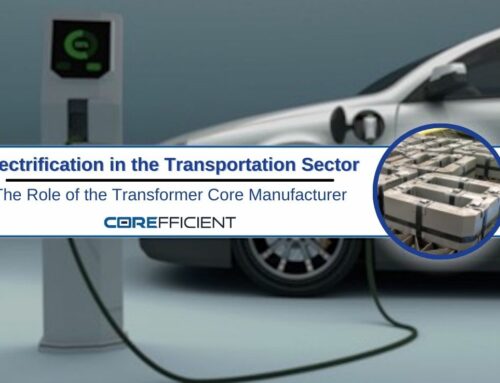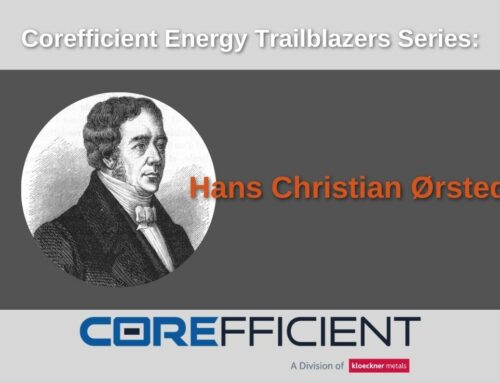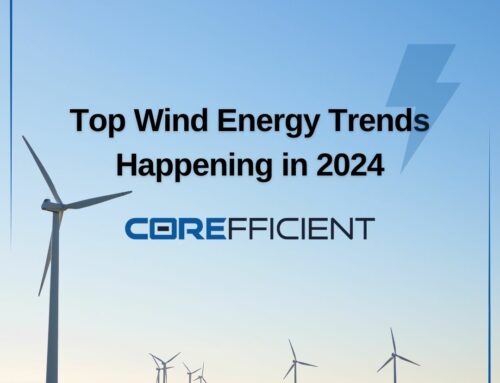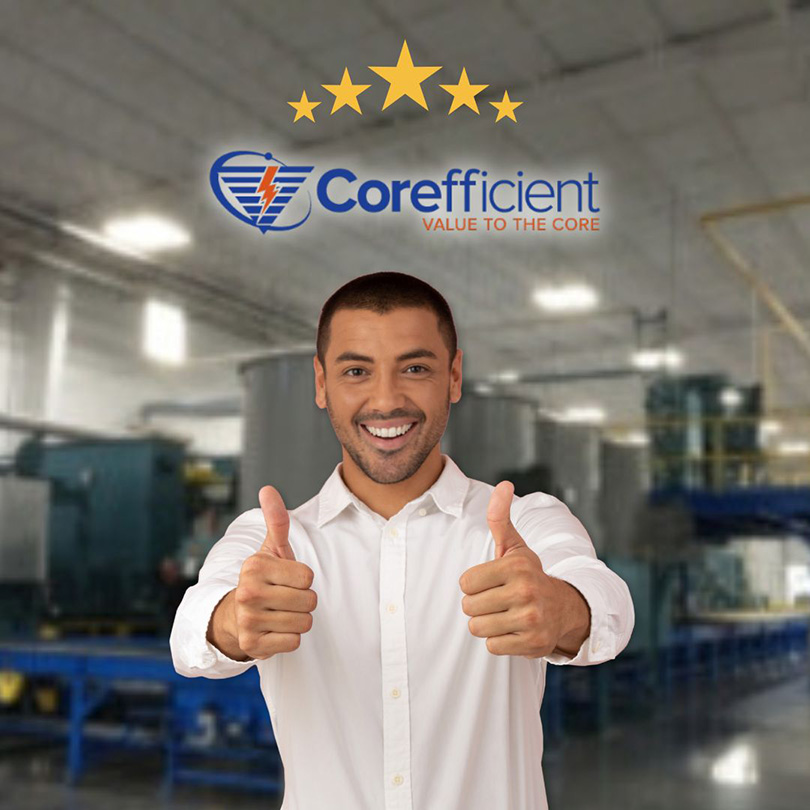
In this tech-driven world, where energy demands are ever-increasing, the quest for efficiency, reliability, and sustainability has never been more critical. And at the core of it all, quite literally, is the transformer core. This is why picking the best transformer core manufacturer can be so challenging.
Therefore, in order to simplify your search for the best transformer core manufacturer, Corefficient—the industry leader—will outline the crucial factors you must consider when in pursuit of the perfect transformer core manufacturer.
Core Efficiency
In essence, a transformer’s core efficiency is a measure of its ability to effectively transfer electrical energy from the primary winding to the secondary winding. A key advantage of having a highly efficient transformer lies in the reduction of input power required to achieve the desired output power level.
When a transformer possesses a higher core efficiency, it can accomplish the same level of power transformation with a significantly lower energy input. This energy-saving aspect has a substantial impact on overall operating costs, making efficient transformers a preferred choice for numerous applications, ranging from industrial power systems to small electronic devices.
Factors Influencing Transformer Core Efficiency
Core Material
Each material core has different magnetic properties, and the ability to conduct magnetic flux efficiently affects the overall efficiency of the transformer. The most common core materials for transformers are iron and ferrite.
Iron cores offer high magnetic permeability, ensuring efficient magnetic flux coupling between primary and secondary windings. Compared to other materials, this material has lower hysteresis losses, which helps reduce energy waste and maintain moderate core losses, making it super cost-effective.
Ferrite cores, on the other hand, provide different advantages: they have a higher electrical resistance, reducing eddy current losses, excellent high-frequency performance; and their low permeability at high frequencies prevents electromagnetic interference. This material is frequently used for high-frequency power supplies, radio-frequency circuits, and telecommunications systems.
Core Shape
The most efficient cores have a large cross-sectional area and a small window area. A larger cross-sectional area allows for a higher magnetic flux carrying capacity—the core can handle more magnetic lines of force, resulting in better energy transfer between the primary and secondary windings. The window area refers to the space within the core that is available for winding the coils (primary and secondary windings). A smaller window area means that there is less space for the coils, which can lead to tighter windings and better magnetic coupling between the windings. The improved magnetic coupling reduces leakage flux and enhances the transformer’s efficiency.
Core Winding
Winding the coils in a certain way can affect the core efficiency. Coils wound with a single layer of wire are the most efficient. Multi-layer entwines are less efficient because they create more leakage flux.
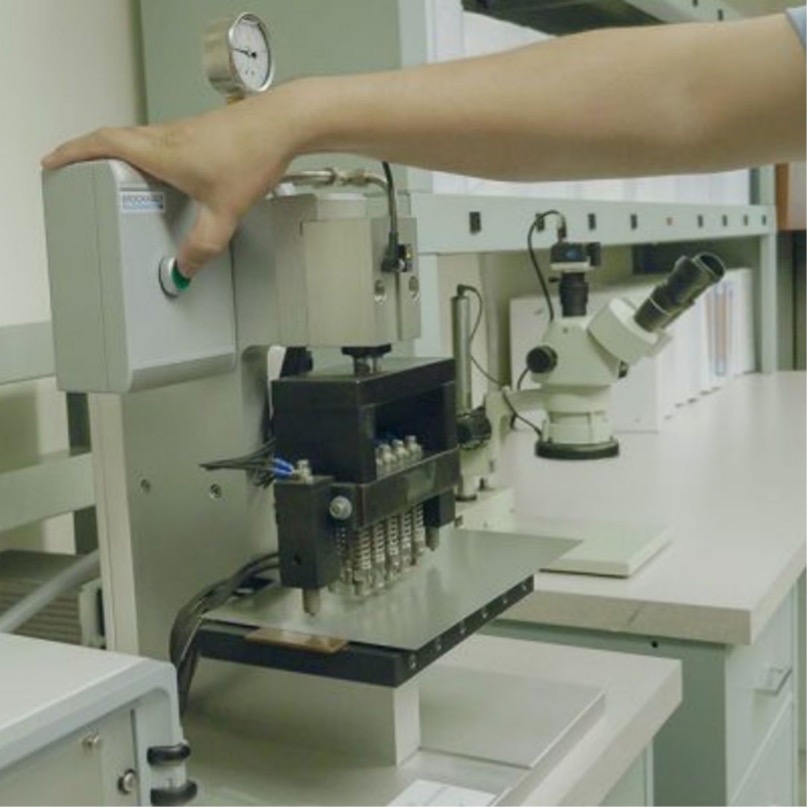
Testing
Testing the transformer’s core efficiency is an essential step in evaluating its performance and energy transfer capabilities. This involves a series of calculations for both the input and output power. A higher core efficiency indicates that the transformer is converting a greater percentage of the input power into useful output power, resulting in reduced energy losses and improved overall performance.
Regular testing and monitoring of the transformer’s core efficiency are crucial to ensure its proper functioning and to identify any potential issues or losses that may occur over time.
Other Factors to Consider:
-
Which substances or components are used to make the core?
The materials used to make a core can impact its efficiency. Higher efficiency materials, such as silicon carbide, can help improve with the thermal conductivity for better performance. Additionally, using thinner or domain-refined raw materials can also help to improve efficiency by reducing the amount of heat loss.
-
Adaptability
Not all cores are created equal. Some cores are designed for specific applications, while others are for general-purpose. End users can adapt good cores to their needs through various customization options. For example, a high-performance application requires a core made from high-quality materials designed to dissipate heat effectively.
-
Testing is conducted under strict conditions to ensure a product meets established standards.
Nothing will guarantee energy-efficient cores more than stringent testing at every phase, from raw material to a final product. Well-respected companies will have rigorous testing procedures to ensure their cores meet the highest efficiency standards.
-
Choosing a Well-Established Company
Look for well-established companies that have accumulated valuable technological know-how over the years. Their expertise in core design, materials, and manufacturing processes allows them to refine techniques and achieve optimal performance and energy efficiency in their products.
By choosing such companies, you benefit from the latest advancements and best practices in core technology, increasing the likelihood of obtaining high-quality, energy-efficient cores that meet industry standards and performance requirements.
Corefficient ticks all the boxes.
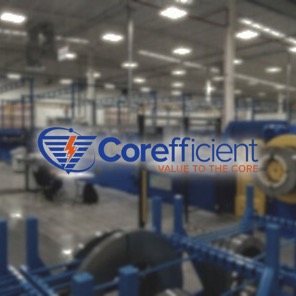
Corefficient is a leading supplier of energy-efficient electrical cores. They believe in the motto — Value to the Core™. With a wealth of experience in efficient transformer core manufacturing, Corefficient has fostered a culture of excellence across all aspects of our operations. As a subsidiary of National Material L.P, a company with over five decades of expertise and a strong track record of customer satisfaction, Corefficient are well-prepared and eagerly committed to meeting the energy demands of today’s fast-paced society. Their electrical cores meet all North American energy efficiency regulations, and the company is committed to providing customers with the best possible value.
No stone is left unturned, and no core leaves our factory without attaining the Corefficient high standard.
Here are some additional details about Corefficient’s capabilities:
Design
Corefficient has a team of experienced engineers who can design electrical cores to meet specific customer requirements.
Manufacturing
Corefficient has a state-of-the-art manufacturing facility that uses the latest technologies to produce high-quality electrical cores.
Testing
Corefficient tests all its electrical cores to ensure that they exceed industry standards.
Sourcing
Corefficient sources its transformer materials from various suppliers, which gives the company the flexibility to meet changing market demands.
Supply
Corefficient can supply electrical cores in various sizes and configurations.

If you are looking for a reliable supplier of energy-efficient electrical cores, Corefficient is a terrific option. The company has a proven track record of providing high-quality products and services to its customers.
About Corefficient
Corefficient is a transformer core company based in Monterrey, Mexico. They are committed to adding value to their products by providing excellent engineering, design, and customer service. Corefficient has experience in transformer core engineering, design, magnetic core expertise, hot and cold rolled steel, grain-oriented steel, electrical steel, and customer service. These factors have made Corefficient a valued leader in energy efficient transformer core manufacturing.
To learn more about Corefficient, visit their website at corefficientsrl.com, contact their North America sales engineer on 1(704) 236-2510, or call them directly in Monterrey, México at (81) 2088-4000.

